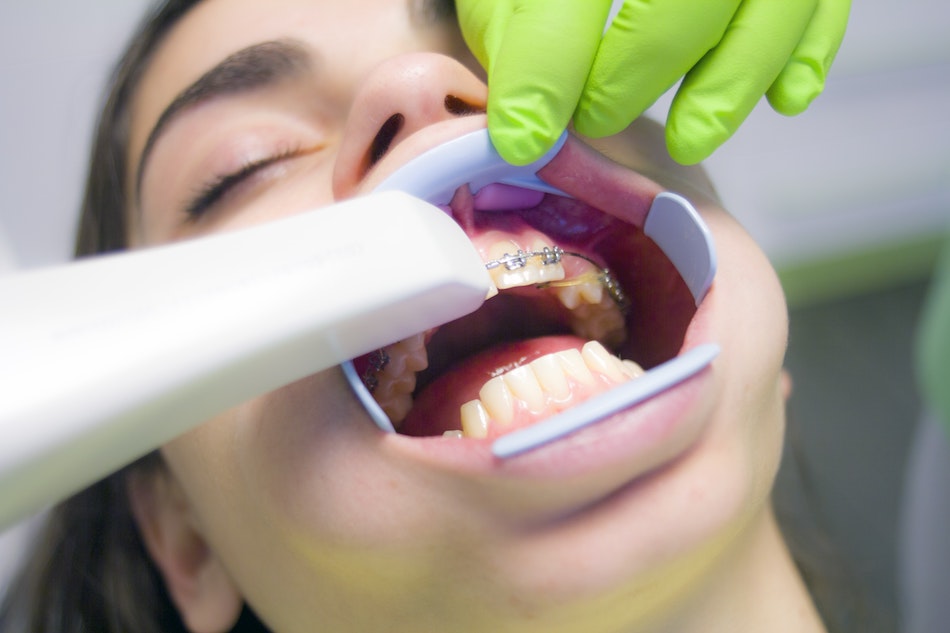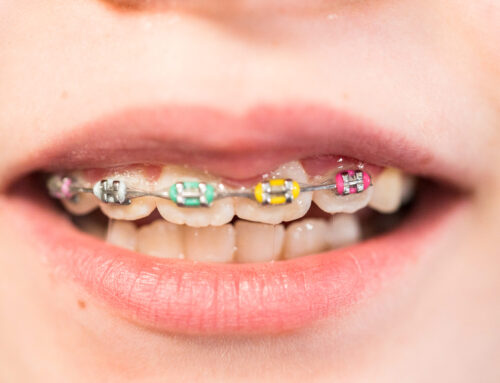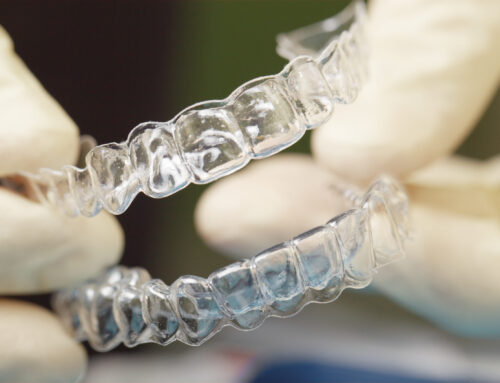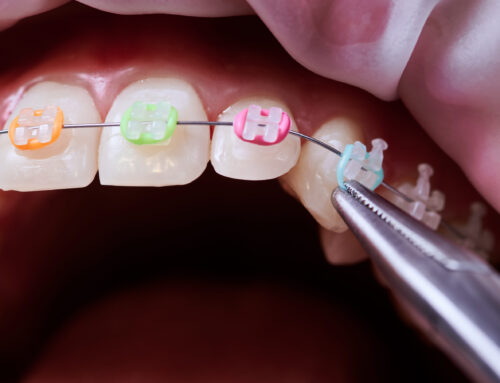Braces are the perfect solution for many people when they want to achieve that perfect smile. While you may already have some sort of idea as to how braces work, you might not know the specifics of it. If you are considering getting braces installed, you should get acquainted with how they work.
So, how exactly do braces work?
Braces incorporate three things: pressure, time, and cooperation. In order for them to have the desired outcome, these three factors need to be at play.
Braces are made up of brackets, bands and wires that apply pressure to the teeth so that they can eventually be moved into the correct position. The different parts of braces are known as brackets, bands, spacers and archwires. Of course, these parts can vary depending on the type of braces you get and what type of work you are getting done on your teeth.
The length of time required to have braces depends on each individual patient’s needs. During this time, the patient is required to make frequent visits to the orthodontist to make sure the braces are doing their job correctly.
Sometimes, adjustments may also be required. For example, the patient may need a palatal expander, temporary anchorage devices (TADs), new rubber bands, or may need to be fitted for a retainer after getting their braces off.
Many people believe that braces are outdated, but there’s a reason people still get them— because they work. They are the easiest and best solution for people who want to realign their teeth.
Another common misconception is that braces are only for adolescents, but adults are just as capable of benefiting from them.
If you are considering getting braces, you should start by learning about the different types of braces there are. Classic braces are the ones you typically see nowadays, that consist of the metal brackets and rubber bands. If you are more inclined to getting braces that aren’t as visible, you can always go for the ceramic “clear” braces, which are less noticeable on your teeth.
Aligner trays are also an option for people looking to straighten their teeth. These are convenient because they can be taken out throughout the day. These are better for people whose teeth aren’t in need of such drastic changes.
As you can see, there are many options when it comes to getting braces. And if it’s the process of getting them on that you are worried about, you shouldn’t be. Braces typically take around an hour or two to install, and then you’ll be on your way. While you can expect to be sore for the first few days, the discomfort goes away pretty quickly.
If you want to learn more about getting braces, make an appointment to speak with your orthodontist today. They will be able to evaluate your situation and determine the best route for you to take. Before you know it, you’ll be on your way to a happy and healthy mouth!




